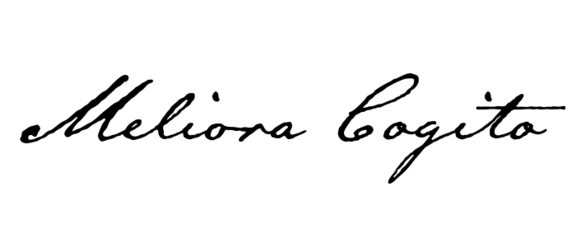Abstract gouache painting with HORADAM® GOUACHE - by Anita Hörskens
Gouache colours are often used for didactic purposes, illustrations and underpaintings. Abstract works are rarely seen and therefore we are pleased to look over the shoulder of the artist Anita Hörskens. She introduces us to such a work step by step.
Material:
- Schmincke HORADAM® GOUACHE in 15 ml tubes in titanium white (12102), cadmium yellow light (12224), cadmium orange (12236), cadmium red deep (12348), quinacridone violet (12360), helio turquoise (12478), cobalt blue light (12470), cobalt green deep (12466), olive green (12532), raw umber (12642), Vandyke brown (12652), neutral grey (12785)
- Schmincke AQUA modelling paste, fine (50706)
- ruptured newspaper
- Watercolour paper 500 g/m² (e.g. Andalucia by Hahnemühle)
- Pencil, natural charcoal sticks, painting spatula, brushwith 40 mm width (e.g. Forte Synthetics Series 5036 by da Vinci)

Step 1
As I like to work in series, I prepare three painting grounds with AQUA modelling paste fine at the same time. To bring the surface to life, I glue a torn strip of newspaper with AQUA modelling paste fine on one of the vertical third lines. Here I keep in mind the rules of the golden section (2/3 to 1/3 proportion). I cover the desired area with a thin layer of modelling paste, arrange the newspaper in small folds and finely press it with a painting spatula. The remainders of the paste spread over the collage and over parts of the painting.

Step 2
I draw free traces over the entire painting surface with apencil. I have, for example, written down my signature several times here. This results in engravings in the areas of the still moist paste.

Step 3
After the structure has completely dried, the first coat of colour is applied. What I like most about HORADAM®GOUACHE is the visual depth of the velvet-matt drying colours. They also convince me with their natural, pigment-determined covering power. Since I do not intend to continue the serial character in the colour system, I choose a different colour tone for each of the three paintings. I apply the colour simultaneously, but in different ways

How do I work - I would like to show you this with the example of Blue Composition:
- I paint HORADAM® GOUACHE in helio turquoise and cobalt blue lightwith the painting spatula over the entire painting ground.

- I connect the two colours by filling the free areas with titanium white. With the spray bottle I spray a fine mist of water over the entire ground; the colours start to run.
- In the spontaneous colour flow of the pigments several more colourshades occur.

- I use the painting spatula to place a large dark form in Vandyke brown in the middle of the painting.
- With a stencil I again apply AQUA modelling paste. I interrupt the darkness and create additional effects.


- I glaze a mixture of cadmium yellow light and olive green over the paste in the left half of the painting and agitate the brush with diluted paint residues so that they splash into the painting.
- I brighten a mixture of helio turquoise and cobalt green deep with titanium white and proceed likewise on the right half of the painting.


- I glaze a mixture of helio turquoise and quinacridone violet (thinned with water) from the upper right and lower leftparts with a brush. I then spray onto the paint edges with a spray bottle.
- In the last step, I take colour residues of titanium white and the mixed yellow-green on the spatula blade and spread it over the entire painting surface with the flat spatula "as if I were ironing". The colours only ad here to the raised structured areas.



The finished painting impresses with a combination of intense, velvet matt colours which are typical for the HORADAM® GOUACHE and vivid structures.
These other works were painted in a similar technique but with a different colour composition.


The artist

Anita Hörskens lives and works in Pfaffenhofen a.d. Ilm, Bavaria, Germany. She is an expert in all common painting and drawing techniques. Originally a watercolour painter, she has been working mainly with acrylic and its possible combinations in the mixed media technique since 2002. More than 30 published instruction books, publications and videos are testimony to her immense expertise. Her German book "Acryl Praxis Buch" has been on the bestseller list as a classic standard work for years. The sought-after author is currently working on the implementation of a correspondingly well-founded "Watercolour Practice Book". In addition, the artist has been working as a successful instructor for over 20 years, both in her own painting school and for various independent academies.
More informationen at www.hoerskens.de

